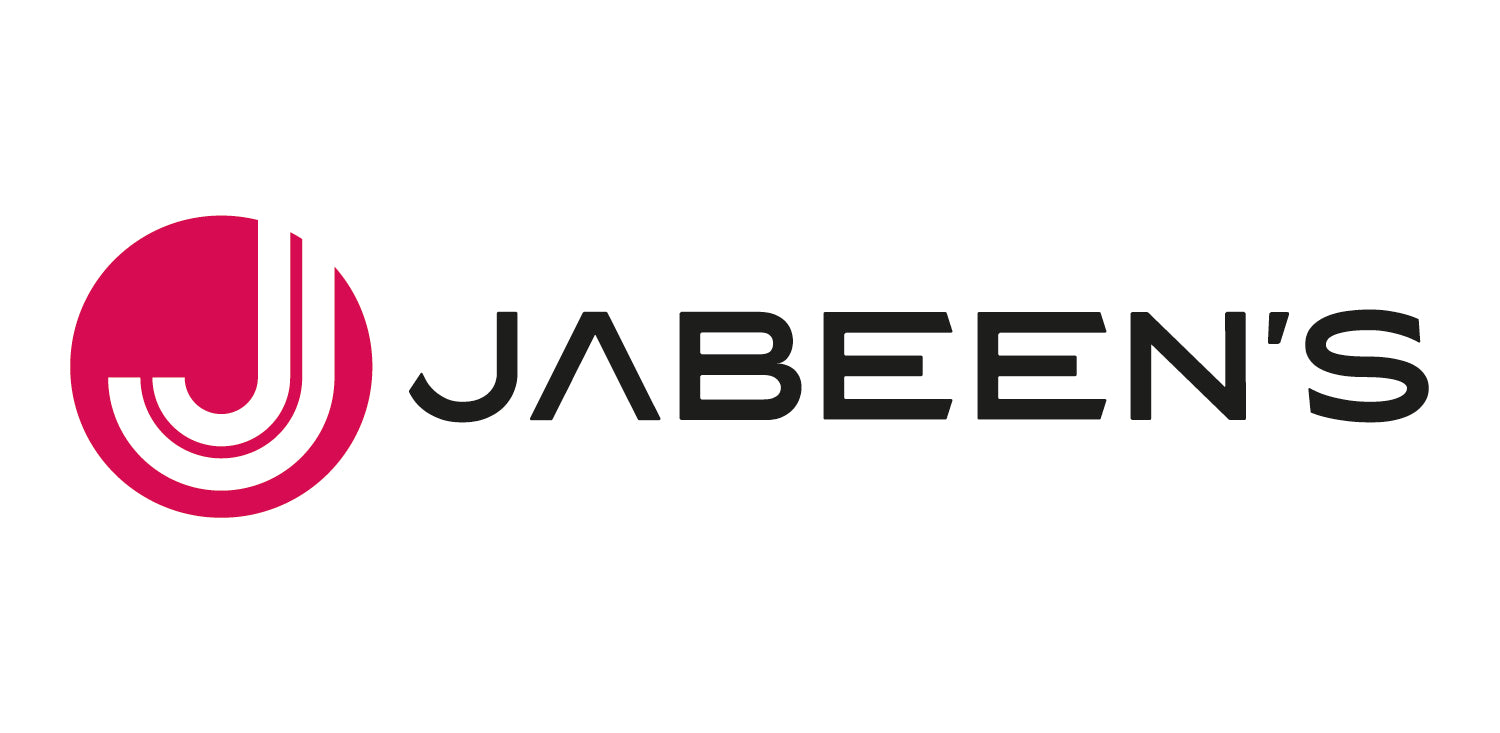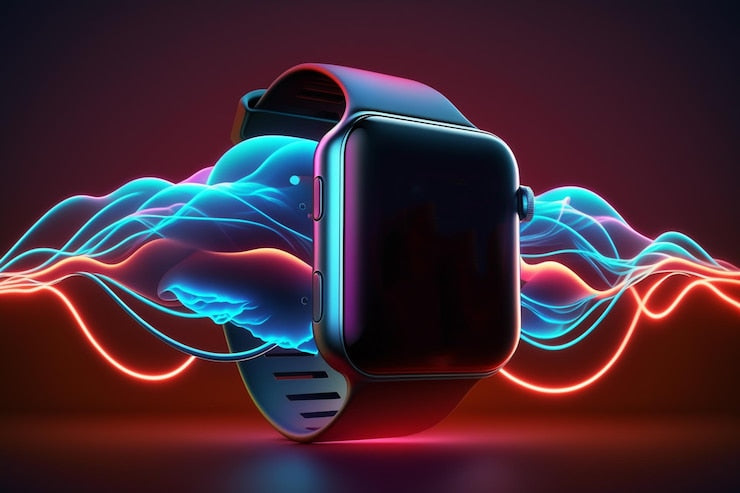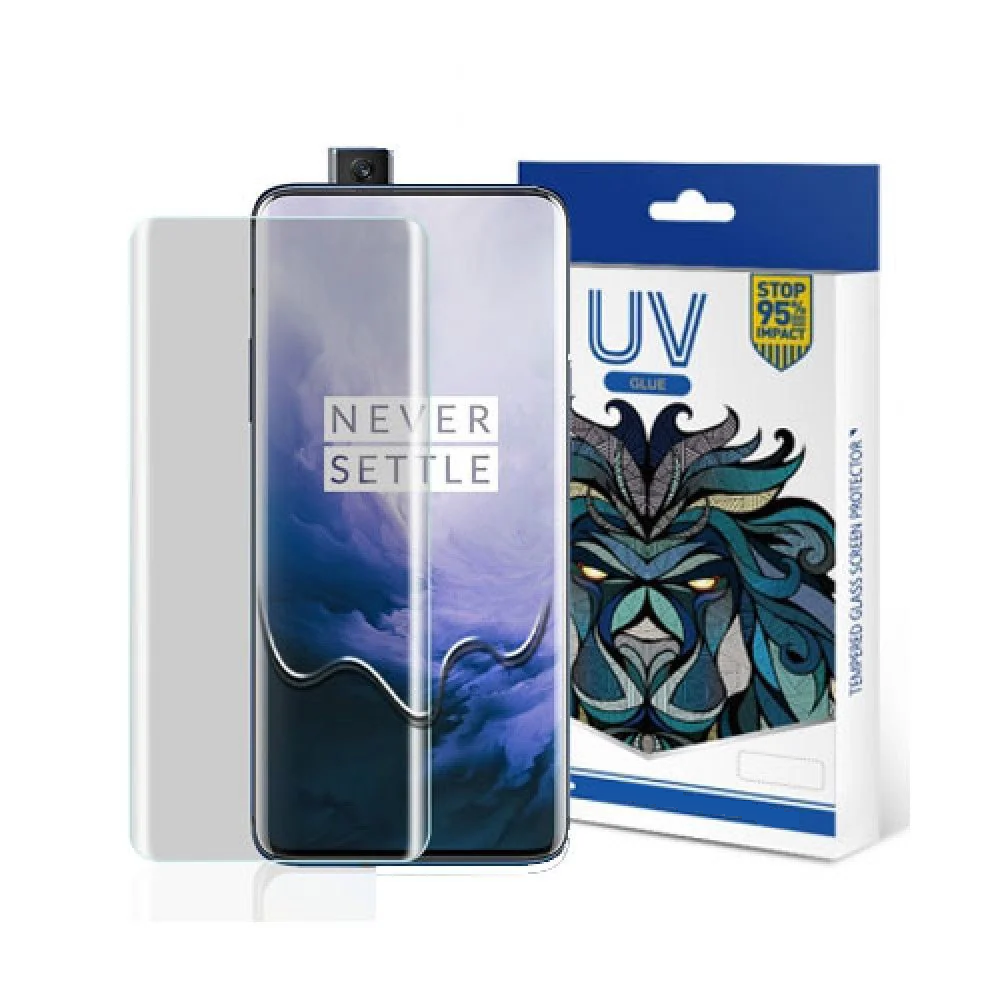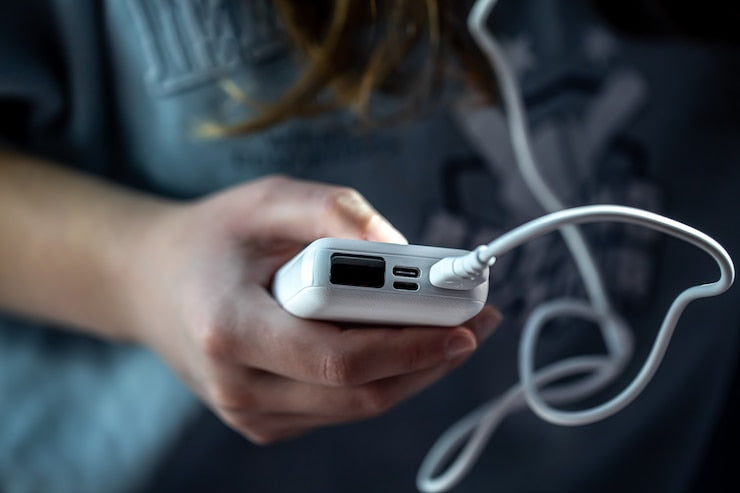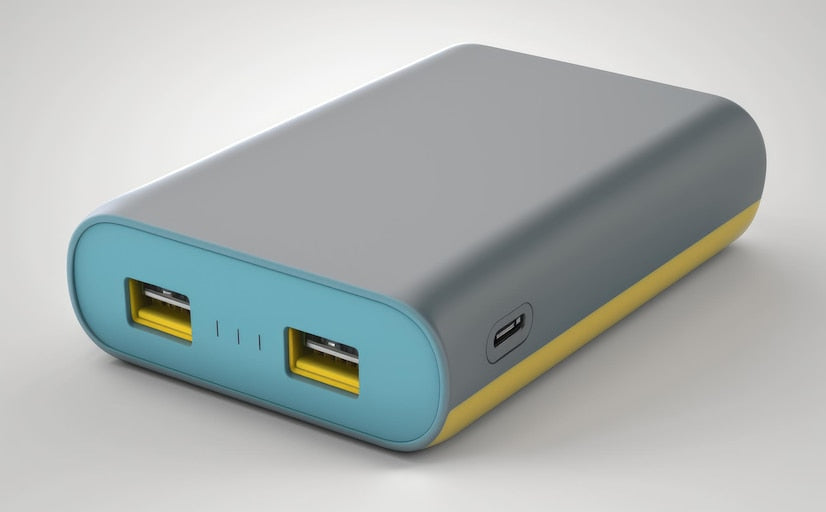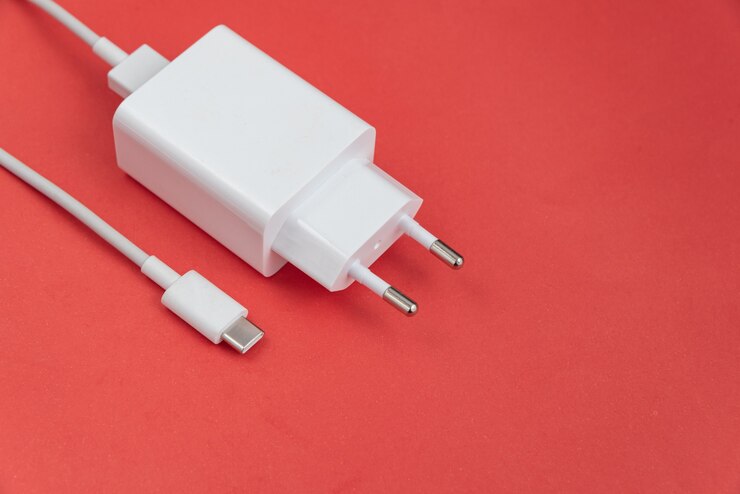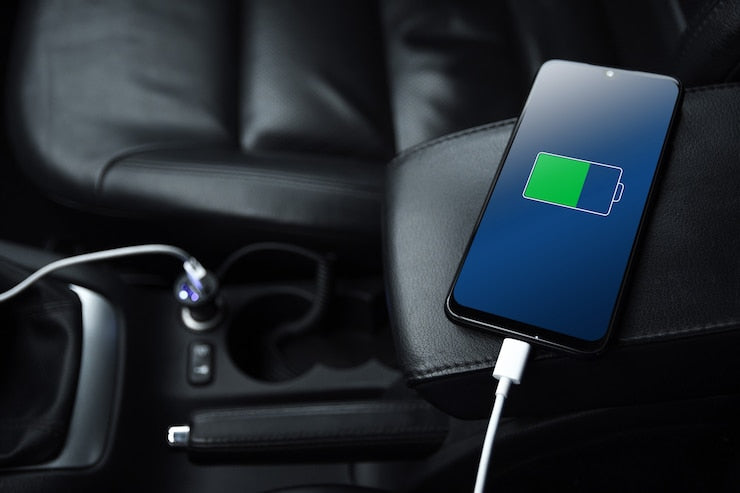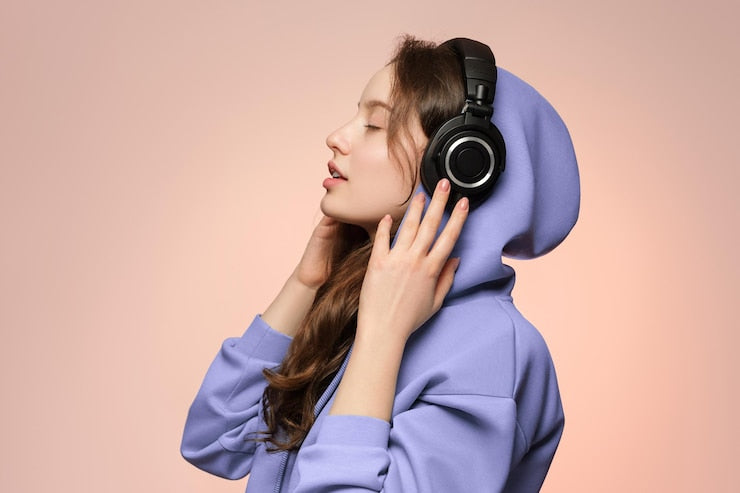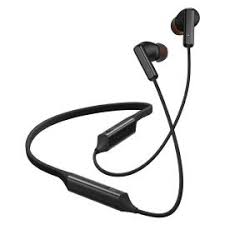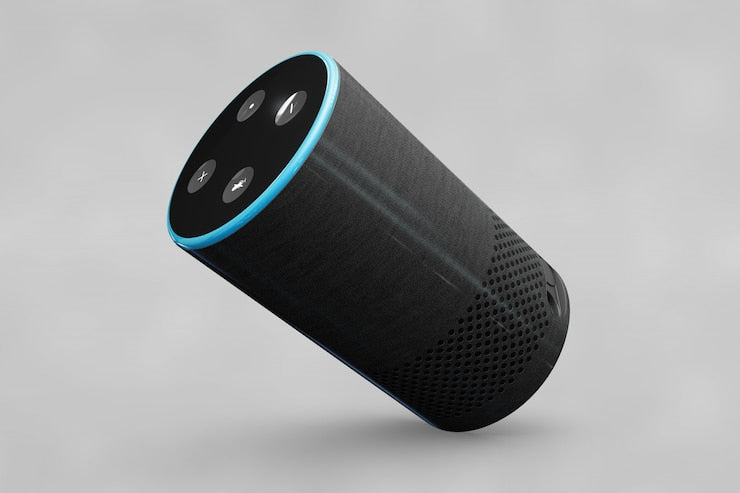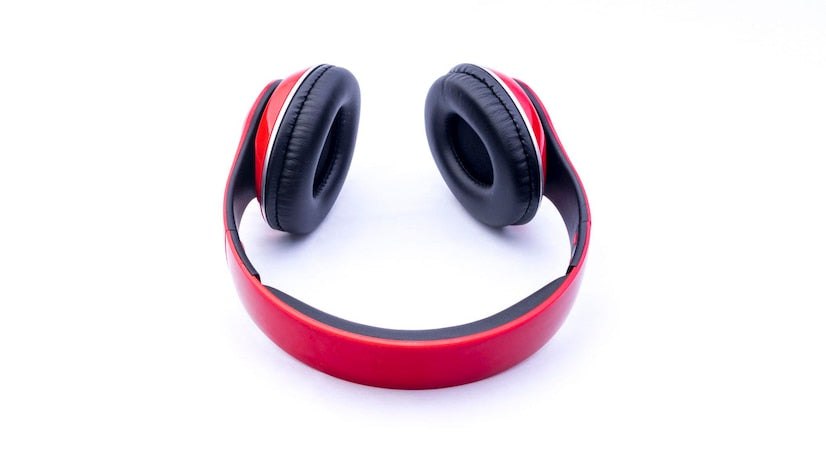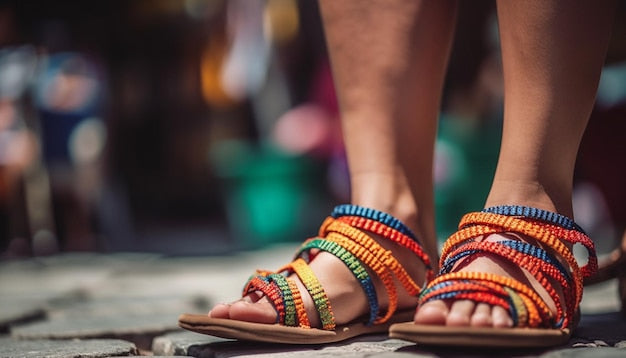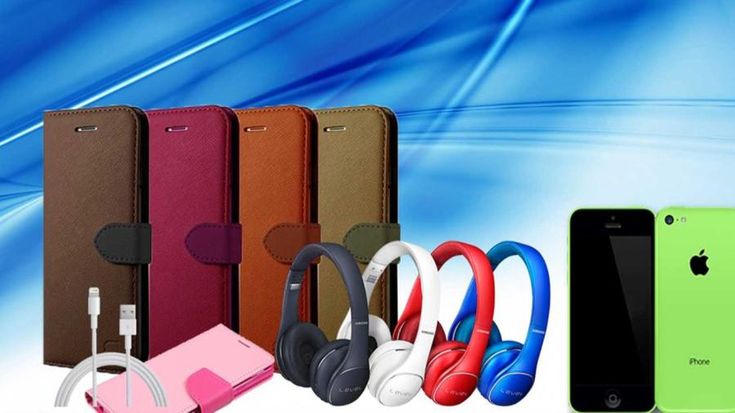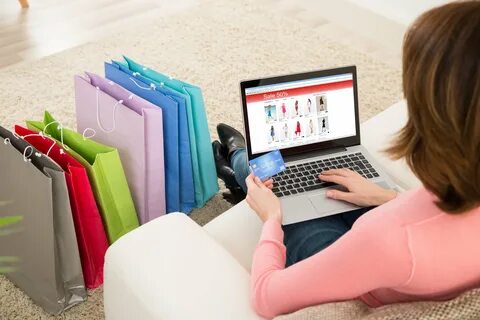
Online Shopping Stores In Karachi: How Computer Vision Can Transform Online Shopping
Share
Product photos are a crucial component of a pleasant purchasing experience, according to 88% of respondents in an online consumer survey. This is more than any other factor, including product reviews (78%), product descriptions (77%), and the checkout process (76%). This number will massively impact the online shopping stores in Karachi.
Retailers understand this and agree that content shouldn't be limited to visuals for presentation. Rather, product photos can and ought to be a key component of a shopping experience that delights customers and wins them over as devoted patrons. Computer vision (CV) has become a popular tool for e-commerce companies to do this.
In this blog, we discuss how computer vision is changing internet purchasing. We examine in particular these five domains where machine vision is transforming online shopping:
1. Product search using visual means
A few months ago, consumers who shopped online could only use text-based inquiries to find the products they wanted. Thanks to the introduction of visual search on well-known e-commerce platforms, customers may now upload a photo of any product they want to purchase. This capacity is centered around computer vision.
Rather than being a mere “nice-to-have” feature, consumers of today are growing accustomed to this feature. 62% of Gen Z and Millennial customers prefer visual browsing options when they shop online, according to a US and UK survey. Even while smaller online businesses might not have access to visual product search, larger well-established players in online retail have shown how to use computer vision to enhance client engagement.

2. Tailored product suggestions
Consumers want highly customized internet purchasing experiences. According to Segment's analysis of the state of customization, 71% of online customers express frustration when they have an impersonal online buying experience. More individualized product recommendations have long been known by marketers as a tried-and-true method of turning shoppers into consumers as well as consumers into loyalists.
Apart from product searching, computer vision has been contributing significantly to enhancing product recommendations, specifically by making them more tailored and focused. On platforms where machine vision is used to make product suggestions, customers are presented with products that have comparable visual characteristics to the goods they are searching for. These characteristics could include pattern, shape, color, neck and sleeve type, and length for fashion goods.
3. Virtual Try-on (VTO)
Employing augmented reality (AR), which superimposes visual and real-world items or situations, Virtual Try-On (VTO) is a digital technology that enables clients to digitally sample or "try on" products – generally (but not primarily) garments, gadgets, and other personal effects.
For instance, customers do not need to try on shirts in person to see how they would fit. Additionally, a user could digitally try on a pair of spectacles. Fashion labels, including Burberry, Lacoste, Gucci, ASOS, and Timberland, have all released different kinds of augmented reality-powered virtual try-ons.
Virtual try-on users can vouch for the fact that it enhances and diversifies the buying experience. People can step outside of their usual wardrobe by trying out new styles or the latest trends in fashion that they may not have previously considered. This is partially because customers can swap between goods more easily with virtual try-on, which makes purchasing more effective., including Burberry, Lacoste, Gucci, ASOS, and Timberland,
Last Word
The retail industry and computer vision work hand in hand. The use of computer vision in e-commerce is already being expanded and incorporated into in-store shopping as customers demand experiences across all channels. It offers clients a smooth purchasing experience and efficient product discovery. The advantages for merchants are clear: increased consumer interaction, lower costs, more operational effectiveness, and eventually more clicks and leads.
- 2025 tech accessories
- Acacia Honey
- affordable gaming headsets
- affordable LED lights
- affordable makeup remover Pakistan
- Affordable smartwatches in Pakistan
- AirPods Pro price Pakistan
- Ajwa dates Pakistan
- Akhrot price in Pakistan
- almond oil
- almonds for brain health
- Almonds price in Pakistan
- Almonds Price Pakistan
- almonds wholesale rates
- alsi ke beej benefits
- Amla Murabba
- amla oil
- and kids Online Shopping
- Android accessories
- Anjeer benefits
- Anjeer for diabetes
- Anker power bank
- Anker power banks
- anti-aging creams
- Apple Murabba
- Apple Watch Series 9
- apricots in Pakistan
- basil seeds for diabetes
- basil seeds for skin
- basil seeds for weight loss
- basil seeds in Pakistan
- battery life extension
- best almonds in Pakistan
- best apricot prices
- best basil seeds brand
- best battery brands
- best Bluetooth headsets
- best bluetooth neckband 2025
- Best Bluetooth Speakers 2025
- Best Bluetooth Speakers in Pakistan
- best body creams
- best body lotion for glowing skin
- best body lotion for winter
- Best Car Charger
- best cashew nuts
- Best charger for iPhone Samsung
- Best charging banks in Pakistan
- Best Charging Cables for iPhone
- best cleanser for oily skin
- Best Data Cables
- best dates for health
- Best Dry Fruits
- Best earbuds in Pakistan
- best face creams
- best face wash for oily skin
- Best figs in Pakistan
- best flax seeds brand
- best gaming headphones in Pakistan
- best gaming headset 2025
- best hair gel in Pakistan
- Best hair oils in Pakistan
- best hair products for men
- best hair removal cream in Pakistan
- Best handsfree devices
- Best Honey Brands
- best jewelry design in Pakistan
- best kishmish price
- best LED lights
- best makeup remover for sensitive skin
- Best Mobile Accessories
- Best mobile chargers in Pakistan
- best moisturizers Pakistan
- best multivitamins
- best nuts for health
- best online gift shop in pakistan
- Best Online Women's Clothing Store
- best organic brands
- best organic tea
- best OTG connectors in Pakistan
- best peanuts in Pakistan
- best pine nuts
- best pista price
- best power banks
- Best power banks in Pakistan
- best PS5 gaming headset
- best pumpkin seeds
- Best Rewari Online
- Best Scrubs
- best sesame seeds
- Best Shilajit
- Best smartwatches for Android
- Best smartwatches for iPhone
- Best smartwatches in Pakistan 2025
- Best Sound Quality Speakers
- best sunflower seeds online
- best superfoods
- Best Unstitched Suits Collection for Women
- best vegetable seeds
- Best walnuts for health
- best wireless earphones
- black raisins
- Bluetooth earphones
- Bluetooth handsfree Pakistan
- bluetooth headphones online
- Bluetooth headphones Pakistan
- Bluetooth Speaker Price
- body butter Pakistan
- body care products Pakistan
- body lotion for dry skin
- body lotion for dry skin Pakistan
- body oils Pakistan
- Body Scrub
- Bose headphones Pakistan
- brain booster seeds
- Brazil nuts Pakistan
- Brazil nuts price
- Budget Bluetooth Speakers
- budget earbuds
- budget gaming headphones Pakistan
- buy almonds online
- buy apricots online
- buy basil seeds online
- buy Bluetooth earphones online
- Buy Bluetooth Speakers
- buy body care online
- buy Brazil nuts online
- Buy Chakwal Rewari
- Buy Corn Pakistan
- buy dates online
- Buy dry figs online
- Buy Dry Fruits Online
- buy dry fruits Pakistan
- buy earphones Pakistan
- buy energy boosters
- buy face cream online
- buy flax seeds online
- buy fruit seeds
- Buy handsfree online
- Buy mobile chargers in Lahore and Karachi
- Buy Murabba Online
- buy organic seeds
- buy pecans online Pakistan
- buy pine nuts online
- buy pistachios online
- Buy power banks in Karachi and Lahore
- buy pumpkin seeds
- buy pumpkin seeds online
- buy raisins online
- buy sesame seeds
- Buy Shilajit Online
- Buy smartwatch online in Pakistan
- buy sunflower seeds
- Buy walnuts online
- buy watermelon seeds
- Buy Women Accessories Online in Pakistan
- buy women's dresses online
- Car accessories Pakistan
- Car Bluetooth speaker
- Car Charger Price
- Car Mobile Charger
- Cashew nuts benefits
- cashew price in Pakistan
- castor oil
- Chakwal Rewari
- Chana Benefits
- char magaz for weight gain
- char magaz online
- char magaz price in Pakistan
- Cheap handsfree for car
- chia seeds benefits
- chia seeds online
- chia seeds price in Pakistan
- Chickpeas in Pakistan
- cholesterol control
- cleansing balm Pakistan
- coconut benefits
- coconut oil
- coconut oil Pakistan
- coconut powder
- coconut water
- cooling foods Pakistan
- Data Cables Pakistan
- data transfer devices
- dates in Pakistan
- Dates Price Pakistan
- deep cleansing face wash
- Desi Snacks
- Desi Sweets Online
- detox tea
- diabetic-friendly nuts
- Digestion Support
- Dried figs benefits
- Dried Fruits
- Dried Fruits for Weight Loss:
- dried fruits Pakistan
- dry fruits for energy
- Dry fruits in Pakistan
- dry fruits online
- Dry Fruits Pakistan
- dry skin remedies
- durable batteries
- durable power bank
- edible seeds Pakistan
- eid collection
- Eid Collection 2024 for Men's
- eid collection 2024 pakistan
- eid collection 2025
- eid collection for girls
- eid dresses online shopping jewelry
- Energy Booster
- energy boosters Pakistan
- energy boosting foods
- energy-efficient lighting
- energy-saving lighting
- Exfoliating Scrubs
- face creams Pakistan
- Face Scrub in Pakistan
- face wash for acne
- face wash for men
- face wash for women
- fashion accessories
- Fashion Online Shopping in Pakistan
- fast charger Pakistan
- Fast Charging
- Fast Charging Cables
- Fast charging for smartphones
- Fast Charging in Pakistan
- fast charging power bank
- Fast charging power banks
- Fast charging solutions Pakistan
- fiber-rich seeds
- Figs for weight loss
- Figs in Pakistan
- Figs price in Pakistan
- flax seeds for diabetes
- flax seeds for skin
- flax seeds for weight loss
- flax seeds in Pakistan
- flax seeds price in Pakistan
- flower seeds online
- FM transmitter handsfree
- fresh apricots
- fresh dates shop
- fruit delivery Pakistan
- Fruit Murabba
- gadget batteries
- gaming accessories
- gaming earbuds
- gaming headphones for PC
- gaming headphones with mic
- gentle makeup remover
- Glamorous Women's Partywear Sandals
- Glowing Skin
- glowing skin products
- golden raisins
- green tea brands
- gym headbands
- hair fall solution
- hair gel for men
- hair gel price in Pakistan
- hair growth oils
- hair removal cream
- hair removal cream for women
- hair removal cream price
- hair removal for sensitive skin
- hair styling gel
- Handsfree for cars
- headbands for fitness
- Health Benefits
- health benefits of Brazil nuts
- health benefits of dates
- health benefits of pecans
- Healthy Diet
- healthy diet Pakistan
- healthy nuts Pakistan
- healthy seeds
- healthy seeds Pakistan
- healthy snacks
- healthy snacks Pakistan
- Healthy Sweets
- Heart Health
- heart health foods
- heart health in Pakistan
- Heart health nuts
- heart-healthy nuts
- herb seeds Pakistan
- herbal energy drinks
- Herbal Murabba
- Herbal Remedies
- herbal remedies Pakistan
- herbal seeds Pakistan
- Herbal Supplements
- herbal tea Pakistan
- Home & Fashion Online Shopping in Pakistan
- home decor Pakistan
- home gardening seeds
- home lighting trends
- Honey Price Pakistan
- honeydew seeds benefits
- hydrating body wash
- hydrating face cream
- Immunity Booster
- imported body lotion Pakistan
- iPhone accessories
- Jabeen's Shop
- Jabeen's Shop walnuts
- Jabeens.shop
- Jabeen’s Shop
- Jabeen’s Shop figs
- Jabeen’s Shop Speakers
- Jabeen’s Shop Sweets
- JBL Bluetooth Speaker
- JBL wireless headphones Pakistan
- Jergens lotion price Pakistan
- kaddu ke beej benefits
- Kashmiri Corn Online
- Kashmiri Makai
- Kids Clothing
- kids collection online
- kids Online Shopping Store in Pakistan
- kids-online-shopping-pakistan
- Lawn Embroidered Kurti
- Leading Men's Clothing
- LED decor lighting
- LED lights for home
- LED products
- Lightning Cables
- long battery life headphones
- long-lasting batteries
- Long-lasting power banks
- Loudest Bluetooth Speakers
- Makai Benefits
- Makai Price
- Medjool dates price
- Men
- men's clothing brand
- Men's Clothing Store in Pakistan
- men's clothing store online
- Men's Fashion Brands in Pakistan
- Men's Kurta Pajama
- men’s grooming Pakistan
- men’s headbands
- micellar water in Pakistan
- Mini Bluetooth Speakers
- Mobile Accessories
- Mobile Accessories Pakistan
- mobile battery Pakistan
- Mobile charger brands in Pakistan
- Mobile Chargers
- Mobile Chargers for Phones
- mobile portable speaker
- modern lighting solutions
- Moringa Leaf Powder
- moringa powder
- Murabba Benefits
- Murabba Jaat
- natural body boosters
- natural hair oils
- natural health Pakistan
- Natural Honey
- natural hydration
- Natural Shilajit
- natural stamina boosters
- natural supplements
- natural tea
- neckband bluetooth headphones Pakistan
- night creams Pakistan
- NIVEA moisturizer
- noise canceling headphones Pakistan
- noise cancellation earphones
- noise-canceling earbuds
- non-GMO seeds
- nuts for immunity
- oil control face wash
- oil-based makeup remover
- omega-3 foods Pakistan
- Omega-3 rich nuts
- onion oil
- online clothes
- online clothing stores in pakistan
- online dress shopping karachi
- online dry fruits
- Online Fashion Store For Women'
- Online Fashion Store For Women's
- online makeup remover Pakistan.
- online organic superfoods
- online shoes shopping in pakistan with free home delivery
- online shopping
- Online Shopping In Pakistan
- online shopping store in pakistan
- Online Shopping Stores In Karachi
- online shopping websites in pakistan
- Online Store in Pakistan
- Online Women's Clothing
- organic almonds
- organic apricots
- organic basil seeds
- organic Brazil nuts
- organic cashews
- Organic Chana
- organic chia seeds
- organic coconut
- Organic Corn
- organic dates
- organic dry fruits
- Organic figs
- organic flax seeds Pakistan
- organic gardening
- organic gardening Pakistan
- organic herbal tea
- Organic Honey
- organic peanuts
- organic pumpkin seeds
- organic raisins
- Organic Saffron
- organic seeds
- organic seeds Pakistan
- organic sesame seeds
- Organic Shilajit
- organic sunflower seeds
- organic watermelon seeds
- original earbuds
- OTG cables Pakistan
- OTG connector buying guide
- OTG connectors
- OTG for Android
- OTG for iPhone
- painless hair removal
- Pakistan Accessories
- Pakistan electronics
- Pakistan fashion store online
- Pakistani almonds
- Pakistani Beauty Products
- Pakistani Clothing Brand
- Pakistani diet
- Pakistani dry fruits
- Pakistani Eid Dresses
- Pakistani fruits
- Pakistani herbal teas
- Pakistani skincare
- pakistani-eid-dresses
- peanut nutrition
- peanuts benefits
- peanuts for heart
- pecan nuts in Pakistan
- pecan nuts price Pakistan
- pine nuts benefits
- pine nuts in Pakistan
- pine nuts price
- Pista Magaz Pakistan
- pistachio kernels benefits
- Pistachios Online Pakistan
- Portable Bluetooth Speakers
- portable charger pakistan
- Portable chargers for travel
- portable speaker
- Portable Speakers Price Pakistan
- Power Banks
- Power banks for smartphones
- Power banks for tablets and phones
- power banks online pakistan
- power banks pakistan
- Power delivery mobile chargers
- Premium Dry Fruits
- premium nuts Pakistan
- premium pistachios
- Premium Quality Men's Boots
- premium raisins
- protein powder Pakistan
- Protein Source
- protein-rich seeds
- pumpkin seed oil
- pumpkin seeds benefits
- pumpkin seeds for hair growth
- pumpkin seeds for immunity
- pumpkin seeds for skin
- pumpkin seeds for weight loss
- pumpkin seeds in Pakistan
- pumpkin seeds Pakistan
- pumpkin seeds price
- pumpkin seeds weight loss
- Pure Honey
- Pure Shilajit
- Pure Zaffran
- Quick Charge Data Cables
- Quick Charge in Pakistan
- raisin price in Pakistan
- raw almonds benefits
- Raw Honey
- Raw pine nuts
- Rechargeable Speakers
- Rewari Sweet Price Pakistan
- Rewari with Tea
- roasted pumpkin seeds
- roasted sunflower seeds
- running headbands
- Saffron in Pakistan
- Samsung Galaxy Watch 6
- Samsung power bank
- seasonal fruits
- seeds
- seeds for health
- selenium-rich foods
- sensitive skin care Pakistan
- sesame oil Pakistan
- Sesame seeds benefits
- sesame seeds Pakistan
- sesame seeds price
- Sesame Sweet Pakistan
- Shilajit in Pakistan
- Shilajit Price
- Shop Pakistan
- Sidr Honey
- Skin Care
- skin care Pakistan
- Skin Glow
- skincare in Pakistan
- skincare products
- smartphone batteries
- Smartwatch fitness tracking
- Smartwatches for tech lovers
- smooth skin
- Sony JBL neckband price
- Sony WH-1000XM4 Pakistan
- sports accessories Pakistan
- sports headbands Pakistan
- strong hold hair gel
- Stylish Children School Shoes
- Stylish Fashion Wear
- summer fruits
- sunflower seed price
- sunflower seeds
- sunflower seeds for weight loss
- sunflower seeds Pakistan
- superfood seeds
- superfoods
- superfoods Pakistan
- surround sound gaming headset
- sweatproof headbands
- TCS delivery dry fruits
- tea for immunity
- til ke laddu
- til seeds uses
- tomato seeds Pakistan
- Top Cables for Charging
- top earphones
- top face wash in Pakistan
- Top fitness smartwatches
- Top Speakers for 2025
- Traditional Sweets
- Traditional Sweets Pakistan
- tukhmalanga benefits
- tukhmalanga price in Pakistan
- TWS earbuds Pakistan
- Type-C Charger
- USB Charger
- USB-C Cables
- Vaseline body lotion
- Veet hair removal
- vegetable seeds online
- vitamin C face cream
- Walnut benefits
- Walnuts Benefits
- Walnuts for weight loss
- Walnuts in Pakistan
- watermelon seeds benefits
- watermelon seeds nutrition
- waterproof makeup remover
- Waterproof Speakers Pakistan
- Weight Loss
- weight loss foods
- weight loss nuts
- weight loss seeds
- weight loss snacks
- weight loss tea
- Western Dresses in Pakistan
- western dresses online Pakistan
- whitening creams
- Wildflower Honey
- winter moisturizer Pakistan
- winter skincare Pakistan
- Winter Snacks Pakistan
- Winter Special Sweets
- Wireless Car Charger
- Wireless car kits
- wireless earbuds 2025
- wireless earphones price
- wireless gaming headphones
- wireless headphones price Pakistan
- Wireless Speakers Online
- Wireless Speakers Pakistan
- Women
- women western dresses in pakistan
- Women's Activewear
- women's clothing brand
- Women's Clothing Brand in Pakistan
- Women's Clothing Store in Pakistan
- women's fashion store
- Women's Jewelry Online
- Women's Unstitched Suits Online in Pakistan
- women’s headbands
- workout headbands
- Xiaomi fast charger
- Xiaomi power bank
- Xiaomi power banks in Pakistan
- Zaffran Benefits
